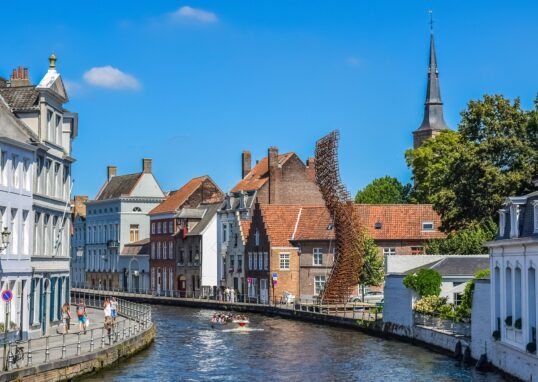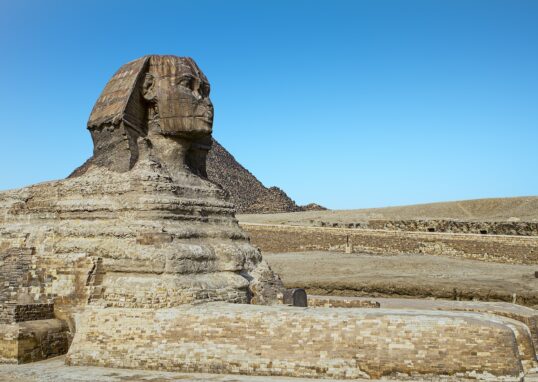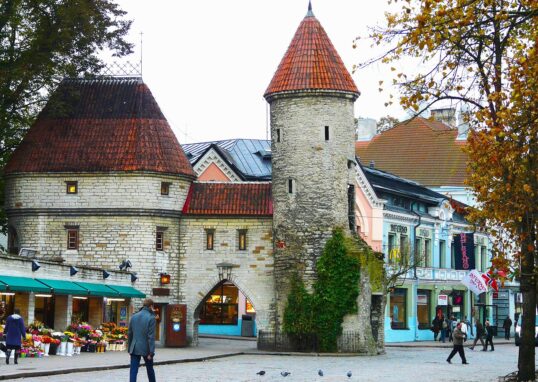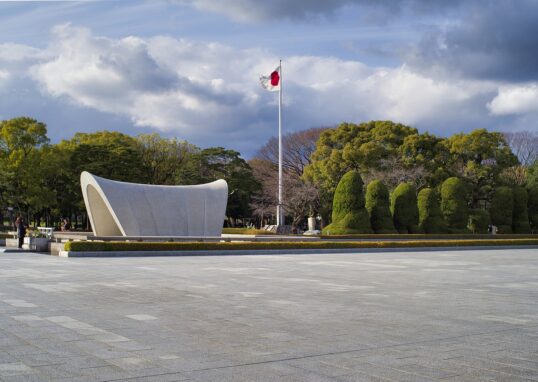
Sacred Ground, Unholy Fire: The Duality of Hawaii’s Volcanic Wonderland
Hawaii Volcanoes National Park, located on the Big Island of Hawaii, is one of the most unique and awe-inspiring destinations in the United States. Covering over 335,000 acres, the park is home to two of the world’s most active volcanoes: Kīlauea and Mauna Loa. It offers a fascinating blend of geological wonders, lush rainforests, barren lava fields, and dramatic coastlines. The park is a UNESCO World Heritage Site and International Biosphere Reserve, and millions of tourists visit annually to experience the wrath of nature up close. This guide offers a comprehensive overview of the park’s history, major attractions, trails, volcanoes, and tourist facilities, along with insider information to ensure an unforgettable trip.

History and Significance of Hawaii Volcanoes National Park
Cultural and Mythological Importance
The Hawaiian islands are rich in legend, and Hawai’i Volcanoes National Park is no exception. The crown jewel of the park, Kīlauea, is said to be Pele, the goddess of the volcano, spiritual home. Pele is referred to as a dispatcher of lava flows and eruptions that shape the earth based on her fiery personality. People have the habit of presenting offerings to Pele upon visiting the park, and her presence is deeply entrenched in Hawaiian culture.
Establishment of the Park
Hawaii Volcanoes National Park was established on August 1, 1916, and is among the oldest national parks in the United States. It has grown significantly over the years, owing to volcanic activity that has created and reshaped it into a functioning landscape that reflects the character of our planet.
Major Attractions
The busiest volcano on Earth, Kīlauea, has been erupting continuously since 1983 and serves as a field lab for volcanologists, as well as a sight to see for tourists. Halemaʻumaʻu Crater, within the Kīlauea caldera, is the park’s showpiece. A record 2018 eruption that remade the topography created a gigantic lava lake that still amazes tourists. The Jaggar Museum and Hawaii Volcano Observatory offer educational exhibits and live monitoring of volcanic activity, providing visitors with a unique insight into the science and history behind these geologically notable destinations.
Kīlauea Volcano
Kīlauea is one of the most active volcanoes in the world, whose eruptions have built the Big Island over hundreds of thousands of years. Visitors can experience volcanic activity in places such as Halemaʻumaʻu Crater, which has seen breathtaking lava lake action and explosive eruptions in recent years.
- Best Viewing Locations: Kīlauea Overlook, Devastation Trail, and Crater Rim Drive.
- Recent Eruptions: Call the National Park Service for recent lava activity.
Mauna Loa Volcano
Mauna Loa is the largest volcano in the world and occupies over half of the Big Island of Hawaii. Even though it’s not as active as Kīlauea, its recent 2022 eruption reminded all of its capabilities to produce giant lava flows.
- Hiking Trails: The Mauna Loa Summit Trail is an excellent trail for experienced hikers.
- Observatories: The Mauna Loa Observatory is one of the world’s premier atmospheric and climate science observatories.
Chain of Craters Road
The road snakes through a rocky terrain of lava flows, craters, and ocean cliffs. The 19-mile highway connects Kīlauea’s summit to the sea, revealing the volcano’s glory and devastation.
- Notable Stops: Pu’u Loa Petroglyphs, Holei Sea Arch, and Kealakomo Overlook.
- Best Time to Visit: During sunset, when the lava-created shoreline is bathed in the golden light of the soft sun.
Thurston Lava Tube (Nahuku)
The massive cave system was formed by the lava flow years ago. Now, it can be traversed by hikers and appreciated for its bizarre, extraterrestrial beauty.
- Accessibility: Brief stroll from Crater Rim Drive.
- Best Time to Visit: Early morning to avoid crowds.
Halemaʻumaʻu Crater
This massive crater is one of Kīlauea’s most spectacular sights and is reputed to be the spiritual birthplace of Pele. Recent volcanic activity has reshaped the crater, making it a must-see for any geology enthusiast.
- Best Viewing Points: Kīlauea Overlook and Volcano House.
- Safety Note: Partially closed due to deadly gases and unstable terrain.
Mauna Loa, the world’s largest shield volcano, rises over 13,000 feet above sea level and another 16,000 feet below sea level. While less volcanically active than Kīlauea, the size and stature of Mauna Loa are no less impressive. Trails such as the Mauna Loa Trail enable more experienced visitors to ascend to its summit, though such an expedition requires careful planning and acclimatization to high altitude.
Landscapes across the park are highly diverse, ranging from tropical rainforests to barren lava deserts, steaming craters, and seamount cliffs on the coast. The Chain of Craters Road is a drive that takes tourists past some of the park’s finest country to the Holei Sea Arch, where the lava flows from it into the sea. Along the way, tourists can rest at observation points, trek past lava tubes like Thurston Lava Tube, and enjoy the rugged scenery of fresh lava flows.
Hiking Trails in Hawaii Volcanoes National Park
The park offers a diverse range of hiking trails, from leisurely walks through rainforests to challenging hikes across lava deserts and volcanic craters. Some of the most popular trails are as follows:
Kīlauea Iki Trail
- Distance: 4 miles round trip.
- Difficulty: Moderate.
- Highlights: The hike takes visitors into a rainforest and down to the bottom of Kīlauea Iki Crater, an extinct lava lake that last erupted in 1959. The hike is surreal as visitors stroll over steaming vents and solidified lava flows, gaining insight into the volcano’s history.
Devastation Trail
- Distance: 1 mile round trip.
- Difficulty: Easy.
- Highlights: This asphalt trail traverses a rich Hawaiian rainforest and juxtaposes it with a blasted, barren area created by the 1959 Kīlauea Iki eruption. Environmental effects of the eruption are explained on interpretive signs along the trail.
Mauna Ulu Trail
- Distance: 2.5 miles round trip.
- Difficulty: Moderate.
- Highlights: This trail showcases the spectacular lava flows from Mauna Ulu’s 1969 eruption. Hikers walk through an otherworldly landscape of solidified lava flows, wide crevices, and panoramic views of Mauna Loa and Kīlauea.
Pu‘u Loa Petroglyphs Trail
- Distance: 1.4 miles round trip.
- Difficulty: Easy.
- Highlights: This short, scenic trail leads hikers to an ancient Hawaiian petroglyph field featuring over 23,000 carvings. These carvings offer us insights into the island’s earliest inhabitants and their cultural traditions.
Mauna Loa Summit Trail
- Distance: 13 miles one way.
- Difficulty: Very strenuous.
- Highlights: The park’s most challenging hike, this trail leads climbers to the summit of Mauna Loa, the world’s largest active volcano. While the hike offers spectacular views of the island’s diverse landscapes, it’s serious business due to extreme altitude and rapidly shifting weather.
Kipuka Puaulu (Bird Park) Trail
- Distance: 1.2-mile loop.
- Difficulty: Easy.
- Highlights: This loop trail is suitable for families and offers a beautiful, wooded setting, perfect for birding and observing native Hawaiian flora.
Napau Crater Trail
- Distance: 14 miles round trip.
- Difficulty: Strenuous.
- Highlights: This isolated backcountry trail in a remote section of the park offers spectacular views of Pu’u o’o, one of Kīlauea’s most prominent eruptive vents. Hikers traverse lava flows and thick vegetation to Napau Crater.
Visitor Centers and Facilities
Kīlauea Visitor Center
- Offers maps, exhibits, and ranger programs.
- Provides real-time updates on volcanic activity and safety policy.
Volcano House
- Historic accommodation offering stunning views of the craters.
- Equipped with a restaurant, a gift shop, and accommodation.
Volcano Art Center
- Exhibits Hawaiian artwork produced by the local community, inspired by the volcanic terrain.
- Features performances and cultural classes.
Safety Tips for Visiting the Park
- Stay on Designated Trails: Volcanic terrain is unstable, and lava fields have hidden cracks.
- Check Air Quality: Volcano ash and sulfur dioxide can be dangerous.
- Be Prepared for Weather Changes: The weather in the park varies widely, ranging from wet rainfall to cold mountain temperatures.
- Respect Cultural Sites: Many areas have deep spiritual significance for indigenous peoples.
Best Time to Visit Hawai’i Volcanoes National Park
- Dry Season (April to October): Ideal for hiking and outdoor pursuits.
- Rainy Season (November to March): This season offers verdant green scenery and fewer visitors, although the trails may be muddy.
- Nighttime Visits: For lava glows and star gazing, evenings are a magical experience.
The park’s unique ecosystems are fascinating. The Kipukapuaulu, or Bird Park, is a lush oasis of native plants and animals, and the Kaʻu Desert illustrates the resourcefulness of life in hostile conditions created by a volcano. The park also serves as a refuge for other threatened species, such as the nēnē (Hawaiian goose) and the Hawaiian petrel, making it a protected area. Another volcanic destination that visitors often visit is the Galápagos Islands, located approximately 600 miles off the coast of Ecuador and comprising an extraordinary archipelago formed by volcanic eruptions, with a fantastic variety of fauna and landscapes.
Conclusion
Hawaii Volcanoes National Park is an unparalleled location of natural wonder where the massive forces that form our world can be experienced firsthand. From discovering lava pipes, trekking on volcanic craters, and relishing the air culture, there is no limit to adventure and exploration here. One of the most geologically active places on earth, it guarantees constantly changing landscapes, which means that all two trips will never be the same. The journey to this world-famous national park is a once-in-a-lifetime experience that binds individuals to the untamed force of nature and the rich cultural heritage of Hawaii.












